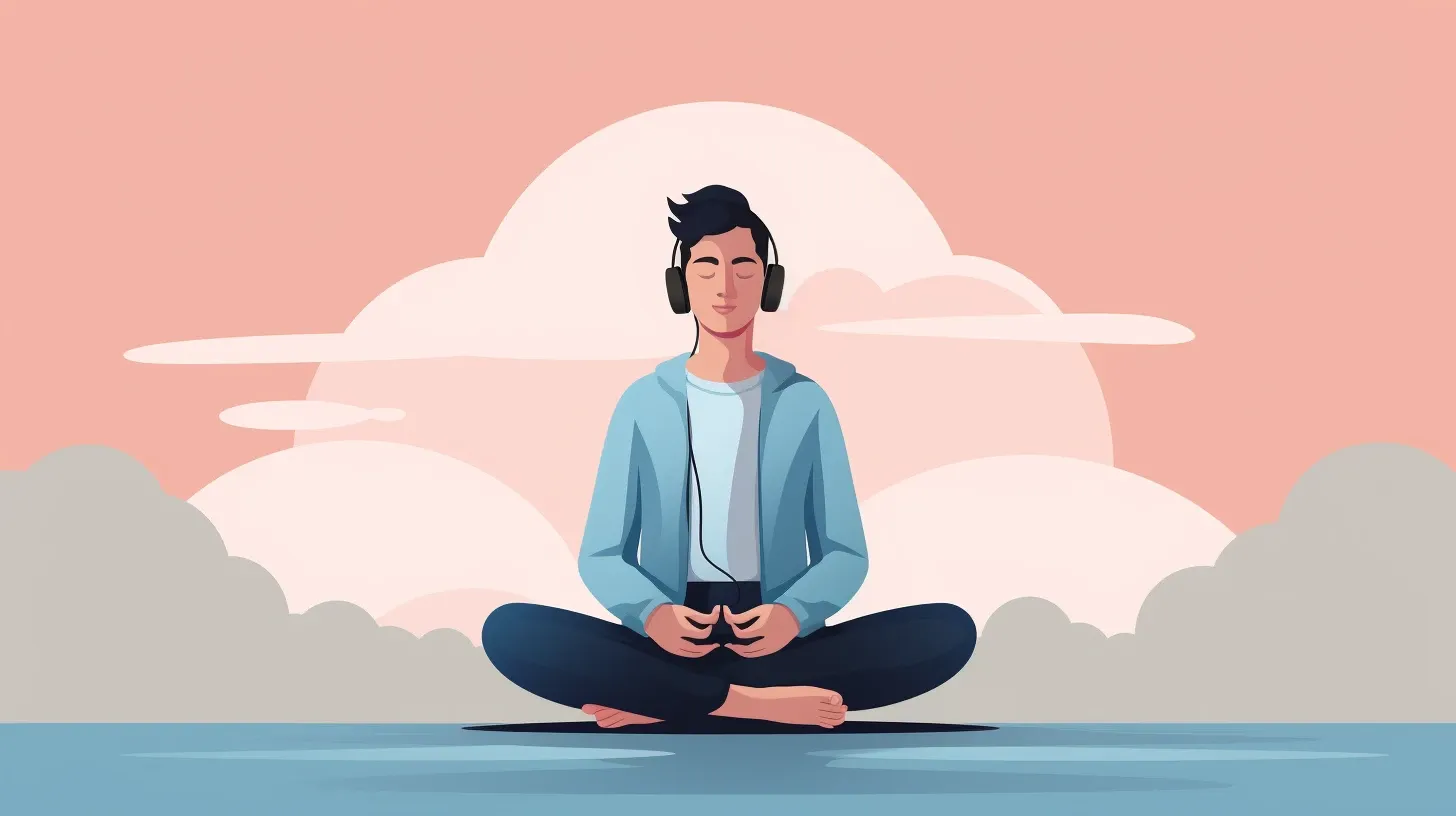Does NSDR (Yoga Nidra) Help with Sleep?

In the quest for better sleep and stress management, the ancient practice of Yoga Nidra and its modern counterpart, non-sleep deep rest (NSDR), have emerged as powerful tools.
Let's explore how these practices offer unique pathways to tranquility and restorative sleep.

Distinction Between Yoga Nidra and NSDR
Yoga Nidra and Non-Sleep Deep Rest (NSDR) are parallel practices that share core techniques, such as body scanning and breathing exercises.
While Yoga Nidra may include elements of spiritual language and intention setting, NSDR focuses more directly on the physiological benefits of relaxation and stress reduction.
This makes NSDR a more secular approach, retaining the essential relaxation techniques of Yoga Nidra but without the spiritual undertones, thereby broadening its accessibility.

Stanford Neuroscientist Dr. Andrew Huberman describes these two practices as complementary, highlighting that the extensive research on Yoga Nidra's effectiveness in enhancing relaxation and reducing stress is equally applicable to NSDR.
This perspective underscores their shared foundations while acknowledging the unique aspects each practice brings to fostering mental and physical well-being.

Erase the noise, seize the zen
Sign-up for a free 7 day trial — get access to all NSDR tracks.
😌I'm Ready to Relax & Recharge NowYoga Nidra and Its Benefits for Sleep and Relaxation
Yoga Nidra, often referred to as NSDR, has been extensively discussed in relation to its benefits for mental and physical health.
The primary focus of discussions on Yoga Nidra has been its impact on dopamine levels and stress reduction. Yoga Nidra involves lying still and following a guided meditation, typically focusing on a body scan and deep breathing exercises. This practice induces a state of deep relaxation without actually falling asleep.

The Role of Yoga Nidra in Sleep Improvement
One key aspect of Yoga Nidra is its ability to place the brain and body into a deeply relaxed state, which can be beneficial for those struggling with sleep-related issues. If you wake up in the middle of the night and have difficulty returning to sleep, practices like Yoga Nidra or similar NSDR protocols can help.
They either assist in falling back asleep quickly or, at least, induce a state of relaxation that closely mimics sleep.

Integrating Yoga Nidra into Daily Routine
Integrating NSDR or Yoga Nidra into your daily routine can be highly beneficial, whether you're looking to improve your ability to fall asleep, stay asleep, or manage waking up in the middle of the night.
These practices can serve as a substitute for lost sleep, offering restorative effects at any time of the day.
👉 Visit our growing library of Non-Sleep Deep Rest tracks:

Understanding Meditation and Sleep
It's crucial to understand that traditional forms of meditation may not always be helpful for falling asleep.

For instance, the study 'Brief, daily meditation enhances attention, memory, mood, and emotional regulation in non-experienced meditators' by Julia C. Basso et al., published in Behavioural Brain Research, found that meditation too close to bedtime can disrupt sleep.
This is because traditional meditation is a focusing and refocusing exercise, whereas falling asleep involves focusing less. However, practices like Yoga Nidra or NSDR can assist in creating a conducive environment for sleep.
Final Thoughts
In summary, while Yoga Nidra itself is not a direct tool for inducing sleep, its profound relaxing effects can be conducive to improving overall sleep quality.
By reducing stress and inducing a state of deep relaxation, Yoga Nidra or listening to an NSDR track close to bedtime can potentially aid in creating a more conducive environment for sleep, particularly for those who might struggle with sleep disturbances or insomnia.
